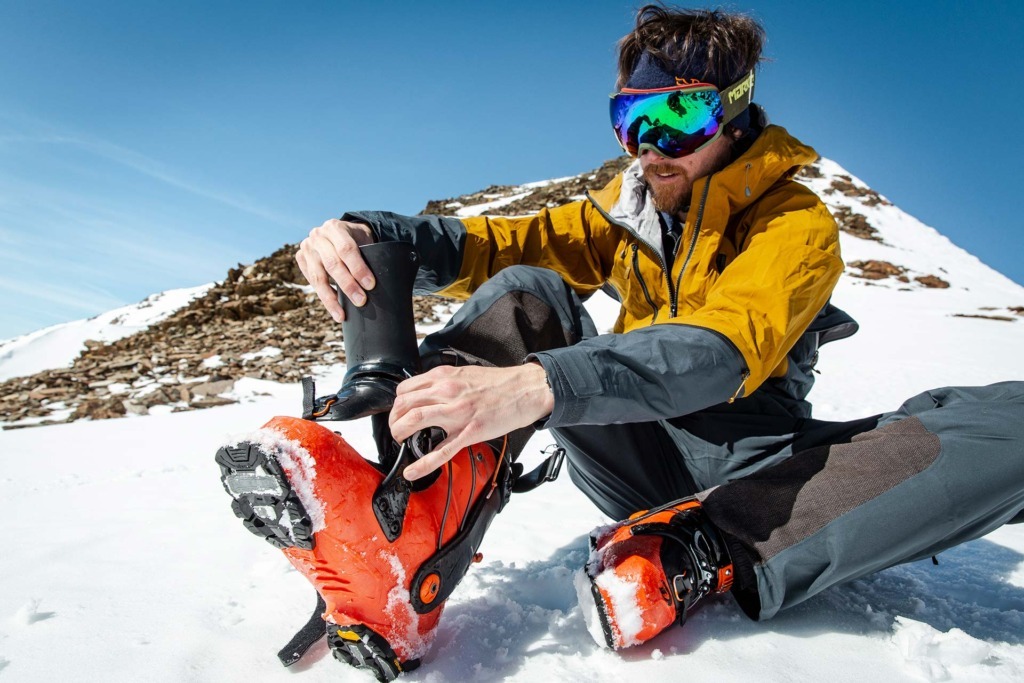Blister-free touring – tips!
everything you always wanted to know about gear
how to
Stepping in and out of pin bindings
The Marker Alpinist touring binding can be easily switched from riding to walking mode and back again: for walking mode, the heel is twisted and the heel lifter positioned upright …
Ski touring skins – tips & tricks for “mounting and pulling off”
Ski touring skins tips & tricks for “mounting and pulling off” Putting on and taking off of the climbing skins should be mastered in all weather conditions. Strong winds, massive …
Are you well prepared?
